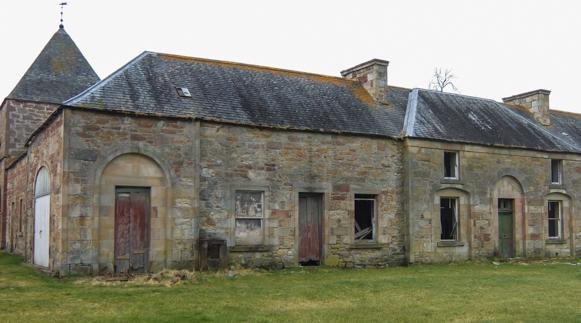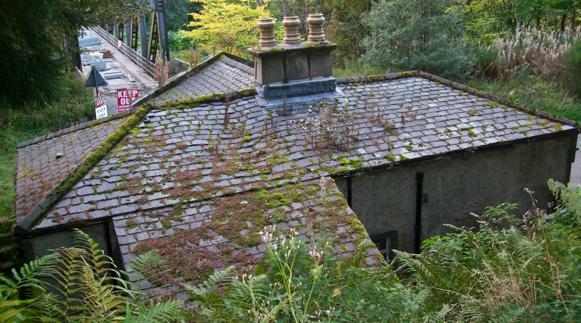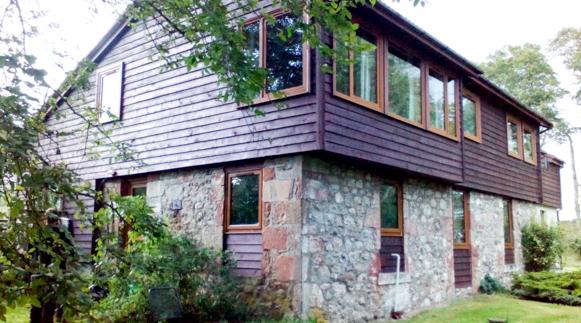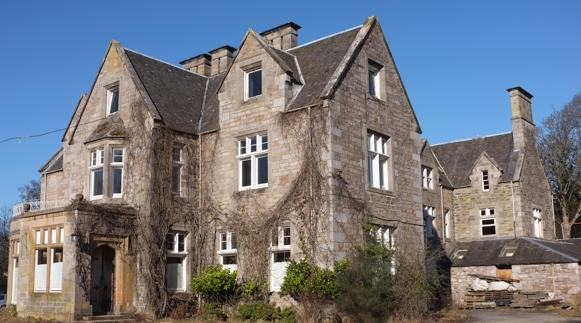





Since 2005, our Inverness-based consultancy has established a reputation for providing a high quality, affordable service for our clients, on a range of large and small scale projects. Our licensed ecologists carry-out bat surveys of buildings, re-development sites in the Inverness area and parts of the Scottish Highlands; specialising in bat roost and barn owl assessment and design of mitigation plans for listed building and heritage restoration and renovation projects, conversions and management.
Our licensed team has extensive experience of roost assessment and survey for the determination of planning applications.
Working with you to find pragmatic solutions that work for your project, guiding you through the planning and licensing framework for bats.
Providing assistance with obtaining bat licences in relation to planning applications and essential works. Holders of the new NatureScot Bat Low Impact Licence.
Advising you at all stages of project planning and delivery - from pre-planning consultations to providing watching briefs.

Extensive restoration and conversion of two listed buildings - a large mains steading and former cart shed - to provide an exclusive-use wedding venue and accommodation.

Remote Highland bothy - project to re-roof, modernise and extend the traditional structure and to install a roof-mounted solar hot water system.

Disused, ruinous rural structures demolished under a NatureScot Works Affecting Bats licence - site re-developed to provide plot for two new semi-detached houses.

Rural listed, cottage - on the Buildings as Risk Register - requiring essential roof works and removal of substantial build-up of pipistrelle droppings in roof voids.

Replacement of a hot water tank, situated close to a soprano pipistrelle bat maternity roosting site - roost was excluded, temporarily, under licence prior to works and returned to roost the following year.

Disused, former hunting lodge and school - demolished under a NatureScot European Protected Species licence to provide access to a new rural housing development.
There are 18 resident bat species in the UK, with five species regularly recorded in the north of Scotland. All UK bats are insectivorous, with some species consuming a few thousand midges each, per night!
Bats are fully protected under domestic and EU legislation, making it an offence to disturb a bat, to damage or destroy a roosting site (whether bats are present or not), or to block access for bats to a roosting site. A roost is defined as any place used by bats for shelter or protection.
Bats roost in a variety of places including built structures - of both modern and traditional construction type - trees, bridges and underground sites.
Bats utilise a range of features for roosting and, when roosting in buildings, may be found in gaps and crevices in roof ridges, under slates and tiles, in cavities and cracks in stonework, between lintels and wooden joints and in the open in roof voids and lofts. Some bats use internal spaces for flight prior to emergence at or after dusk.
Bats need different roosting conditions at different times of year - e.g. when raising young in maternity roosts, hibernating, mating, etc. - and will often move around to find a roost that meets their needs.
In addition to roosting sites, bats also need foraging habitats to find suitable food resources and commuting routes - such as tree lines and watercourses - to get to these feeding areas. The highest numbers of bats are found in areas abundant with invertebrates.
Demolition of byre of modern construction type - removed to provide access to a small, rural housing development.
Demolition of disused house and barn and replacement with two dwellings.
© Copyright Coachman Bat Consultancy